Not just a cost effective alternative to Singapore, Johor Bahru bridges old and new in Malaysia. Get there before modernization initiatives are complete.
“We’ll be staying across the bridge in Malaysia,” Pete informed me. “We get two weeks in Johor Bahru for the same amount of Hilton points as a single week in Singapore. We’ll just go back and forth during the day.”
Pure no-brainer, then, even though I’d never heard of Johor Bahru before. Seemed easy enough, and no matter: all of the recent traveling we’ve done has made me realize how pathetic my knowledge of world geography is. We’d enjoyed our previous Malaysia stay in Kuantan, so we looked forward to returning.
Table of Contents

The Sultan of Johor is Committed to Modernization
We arrived in Johor Bahru in the midst of a month-long celebration just after the coronation of HRH Sultan Ibrahim Sultan Iskandar, the 5th Sultan of Johor. The Sultan had actually ruled for several years (coronation isn’t rushed in Malaysia).
He has a full military background and impressive educational credentials in diplomacy, law and South-East Asian Strategic Studies from the Fletcher School of Law and Diplomacy in Massachusetts. The Sultan is of Malay and British descent, and is passionate about cars and sports.

The Iskandar region in Malaysia is one of the largest in terms of economic development, and its energy is palpable in Johor Bahru. Sultan Ibrahim wants to see “balanced development” benefiting ordinary citizens. He has called for speedier building of 28,000 affordable housing units aimed at first-time buyers, and has ordered the government to address environmental concerns such as air quality and green space.
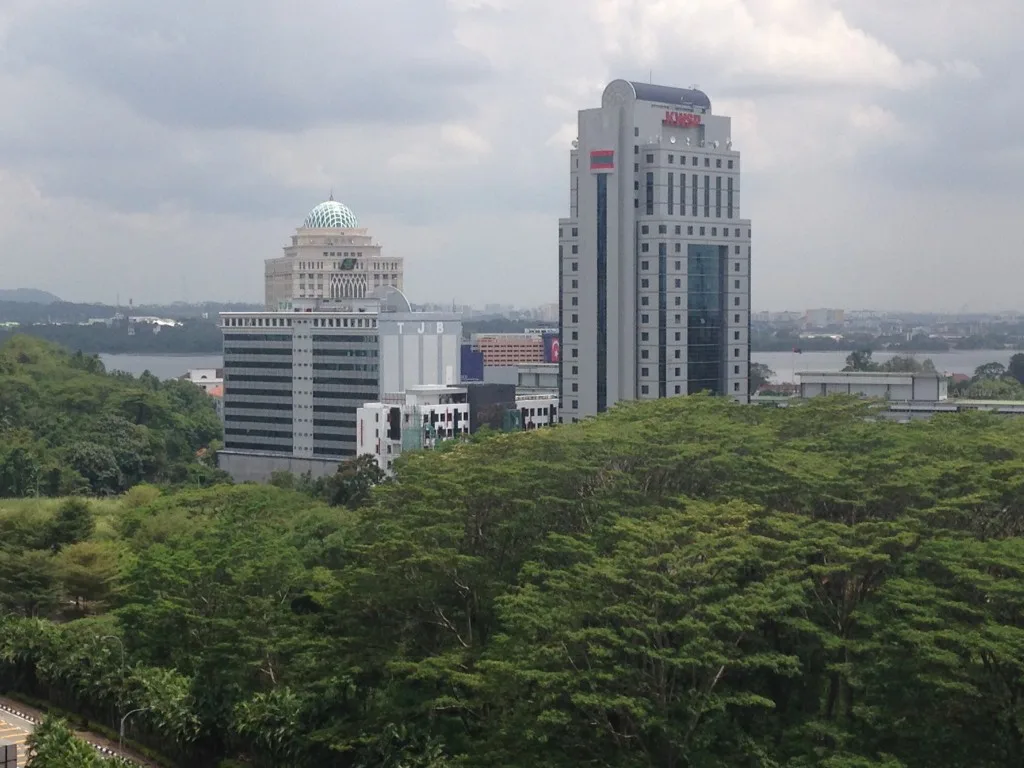
The skyline is filled with construction cranes, and at street level there is nary a block without some sort of work in progress. Johor Bahru is bridging two worlds, the old and new.
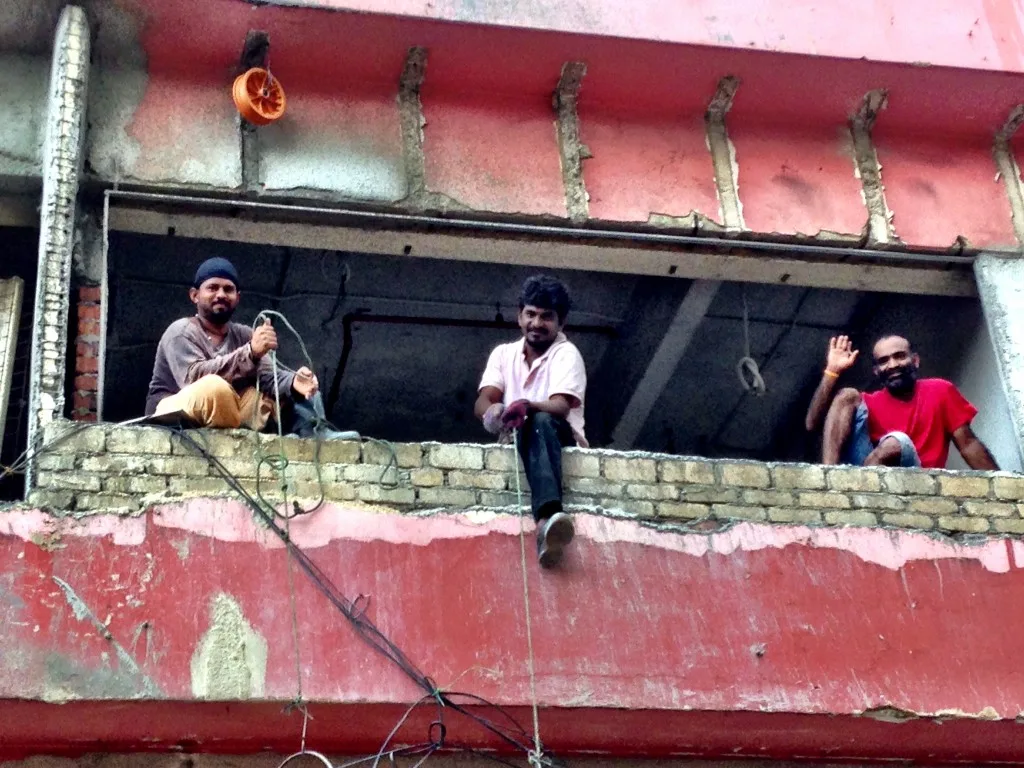
History of Johor Bahru
Founded in 1855 as Tanjung Puteri, Johor Bahru is the capital of the Malaysian State of Johor. The city’s population is around 1.5 million. Johor’s first ruler, Temenggong Daeng Ibrahim. made the city his administrative headquarters, but it was Ibrahim’s son, Sultan Abu Bakar, who is known as the father of modern Johor. Abu Bakar was an Anglophile, whose interest in Western ways was influenced by his years at a mission school where he learned to speak English and took on the manners of an English gentleman.
Many of Johor Bahru’s historic buildings were the work of Chinese builder Wong Ah Fook, who was employed by Abu Bakar during the city’s formative years. Responsible for at least twenty public works projects between 1887 and 1895, Wong built the state mosque and several palaces.
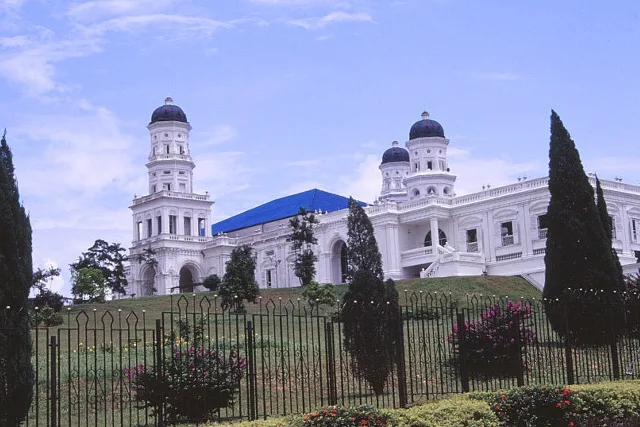
In thanks for his service, Wong was awarded a plot in the center of Johor Bahru, where he constructed a road and village of merchant shops. Today, Jalan (Street) Wong Ah Fook is one of the city’s busiest with modern shopping malls and commercial venues. Characterized as “in transition” since 2005, the contrast between high end designer shopping with ruins and burning trash across the street is stark.
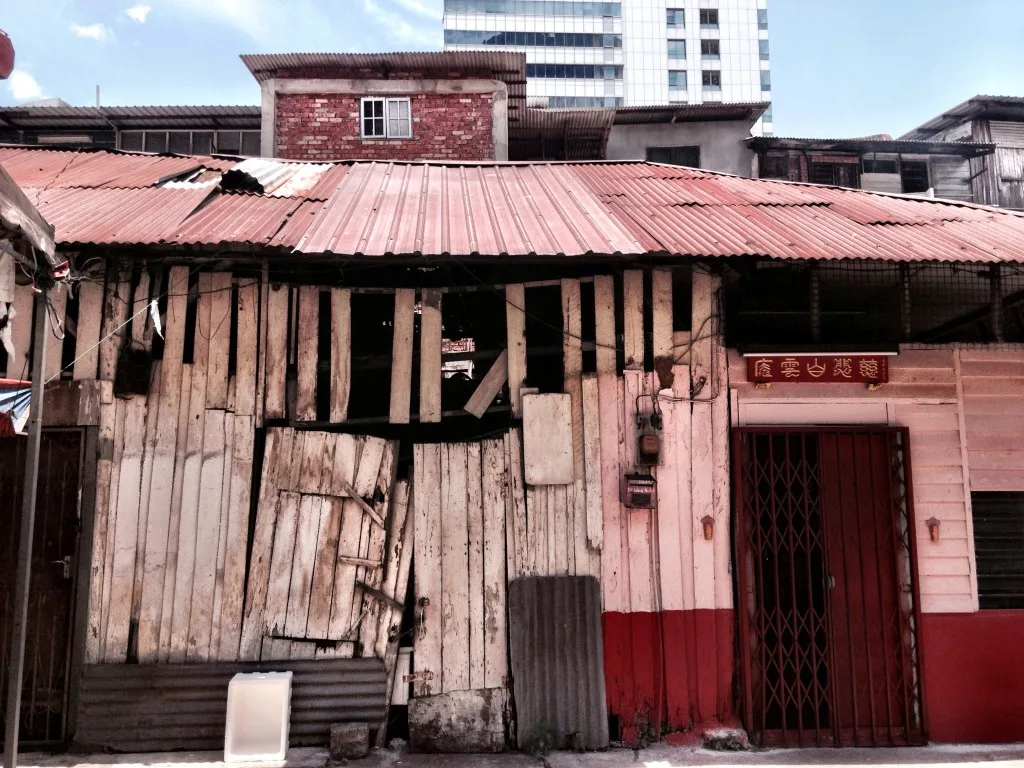
Sadly, what may have been Wong Ah Fook’s summer home, a 150 year old mansion, was secretly demolished by its current owner in 2013, ahead of anticipated government acquisition at below market value.
Links by rail in 1909 and causeway in 1923 ensured the city’s future economic relationship with neighboring Singapore.
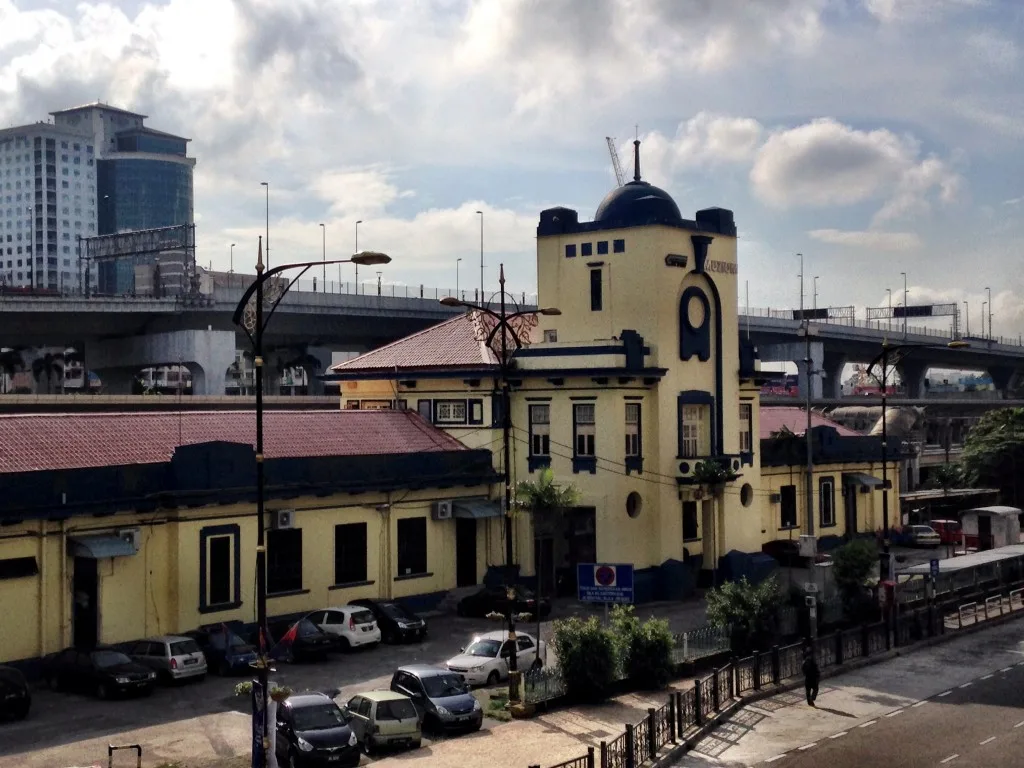

Today’s Realities in Johor Bahru
More than 50,000 motorcyclists commute to jobs in Singapore from Johor Bahru each day across the causeway. Countless others board trains and buses to work in their neighbor to the south.
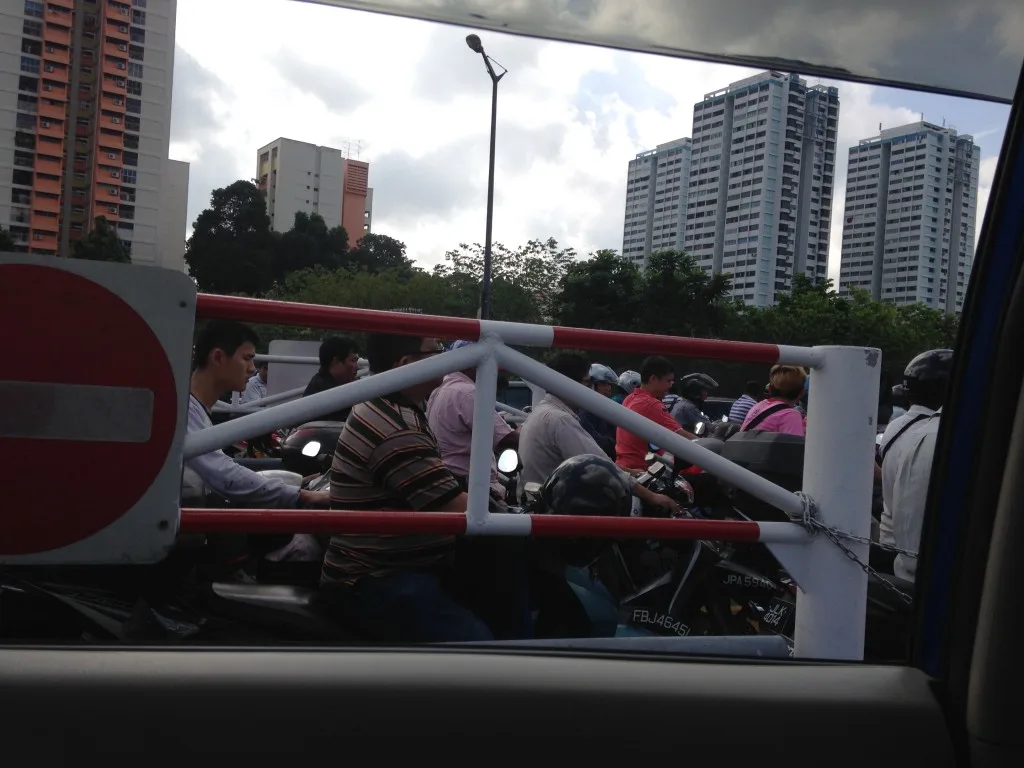
Our hotel in Johor Bahru was the Hilton Doubletree, and if you’ve stayed at Doubletree properties in the U.S., you may have preconceived expectations. In our experience, the Doubletree properties in the U.S. are a lower eschelon than Hilton Hotels, so we didn’t expect too much. Boy, were we mistaken!
This is a 5 star property with a committed staff and superlative facilities, at a fraction of the price you’d pay for similar across the bridge in Singapore. See more in our tips and information at the end of this article.
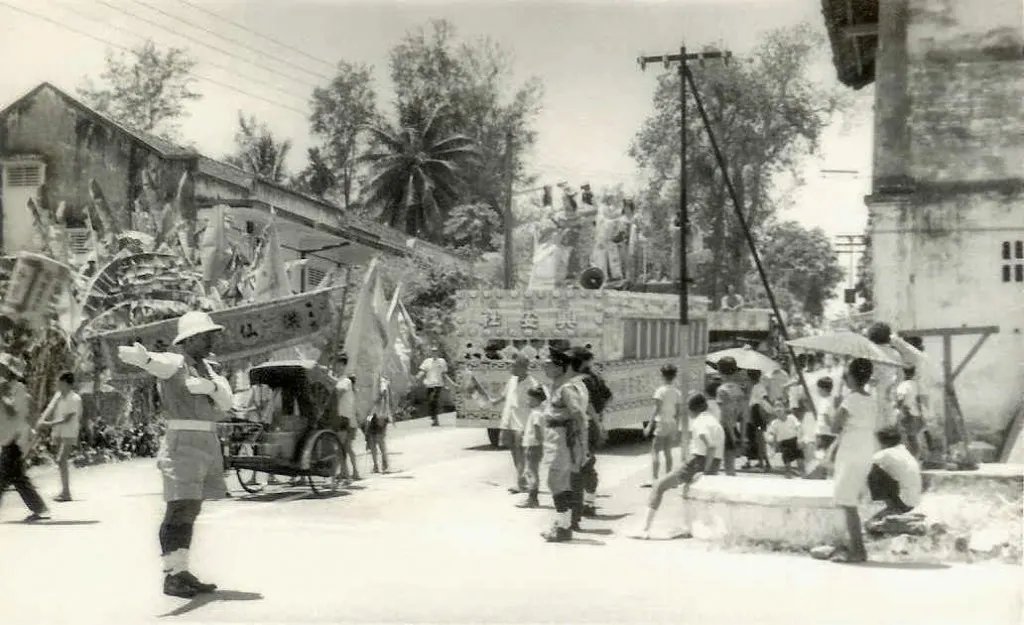
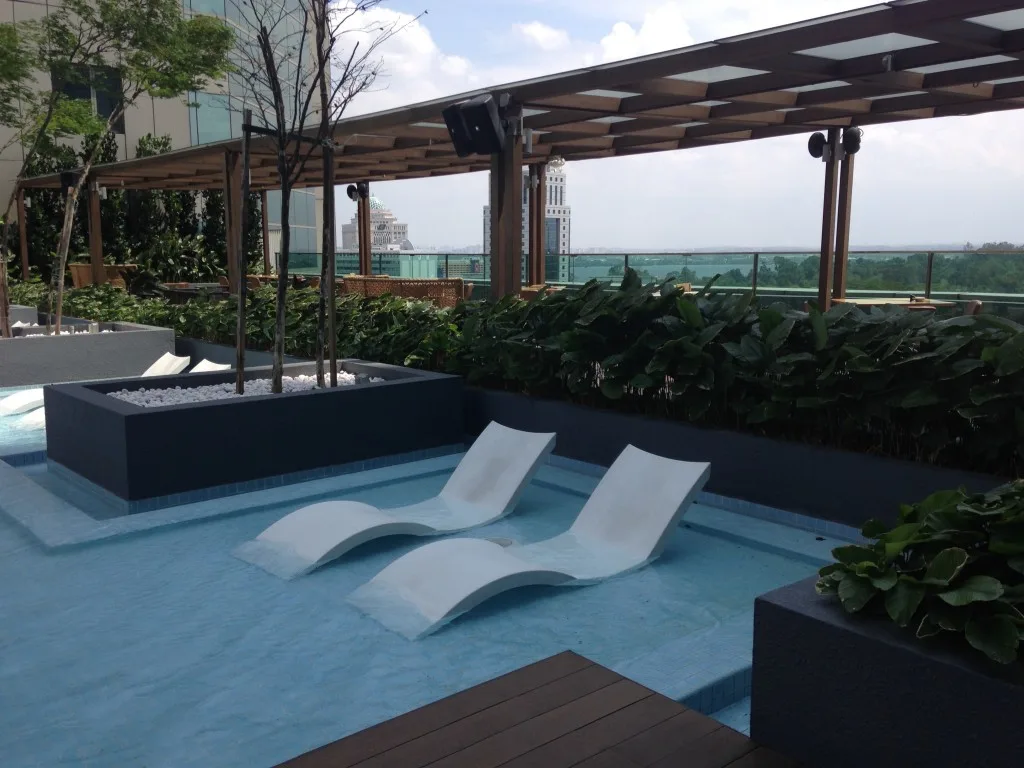
Ethnic Heritage Architecture in Johor Bahru
Ngee Heng Kongsi, after which the shophouses near the Doubletree are named, was a “Chinese Brotherhood” type of secret society that arose out of political dissent to organize revenue farmers of pepper and gambier in the early 19th century.
Tan Hiok Nee was a leader of the Ngee Heng Kongsi Johor community, transforming it from a quasi-military brotherhood into a district-based organization of “kapitans” after Temenggung Daeng Ibrahim opened Johor for development. The Ngee Heng organization led a substantial migration of Chinese farmers north away from land shortages and rent registrations in Singapore.
Sultan Abu Bakar felt an affiliation with Ngee Heng was his best hedge against disloyalty and competitive Chinese factions in Johor. Abu Bakar required that all Chinese be members of Ngee Heng which strengthened his political and economic authority.
The Ngee Heng organization instilled a modicum of law and order in the Chinese community until it devolved into criminal behaviors. It subsequently was banned in 1919 without much objection. Chinese merchant leaders preferred to modernize away from the secretive martial and ritualistic aspects of Ngee Heng into a more professional civic association with elected leaders.
Today, the Tan Hiok Nee Shophouses Heritage Walk is being preserved by repurpose, with trendy new restaurants, old style shops and coffee houses in a “Chinatown-like atmosphere.”
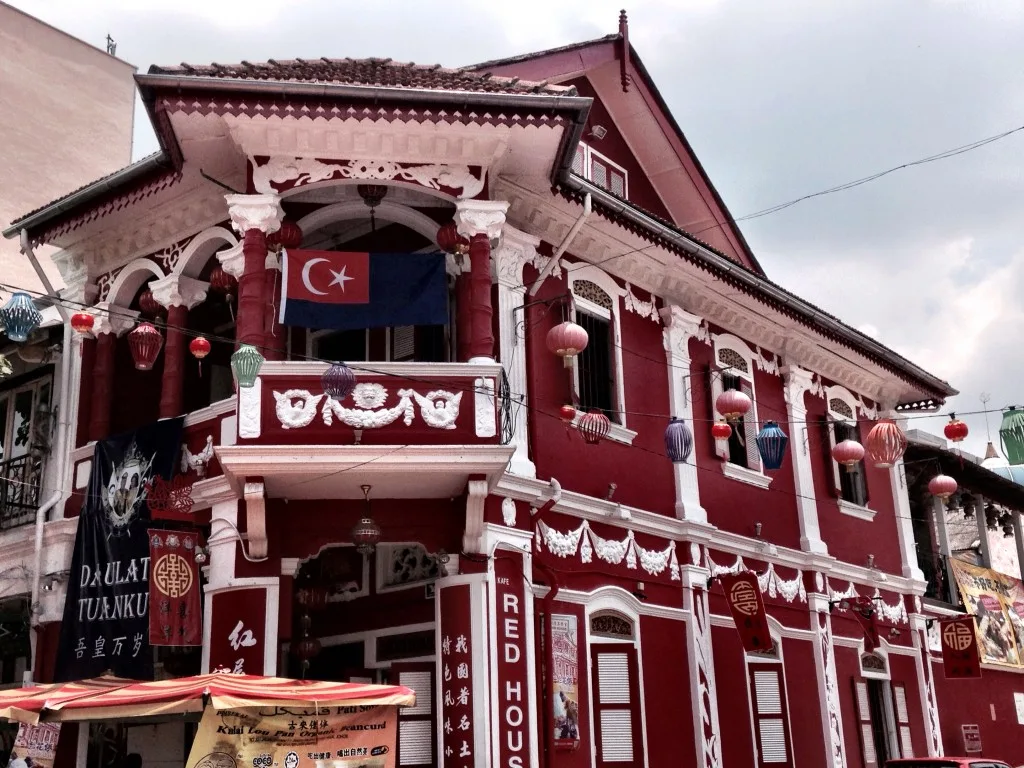
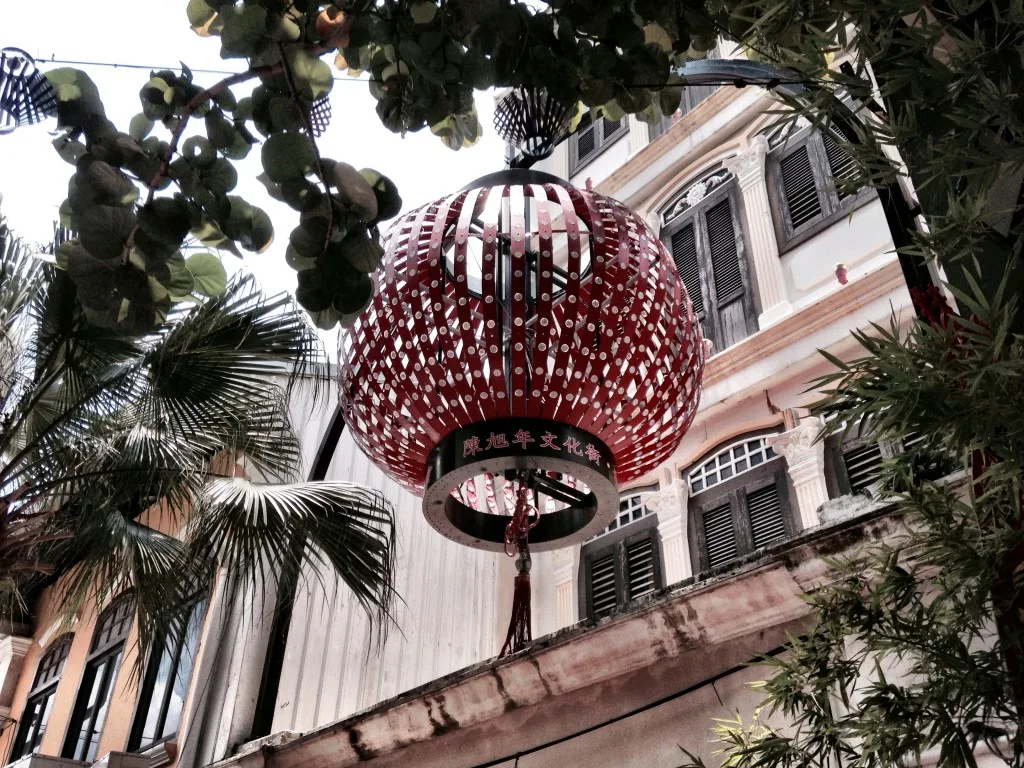
We liked Maco Vintage, a quiet contemporary oasis-like interior in one of the vintage shop buildings.
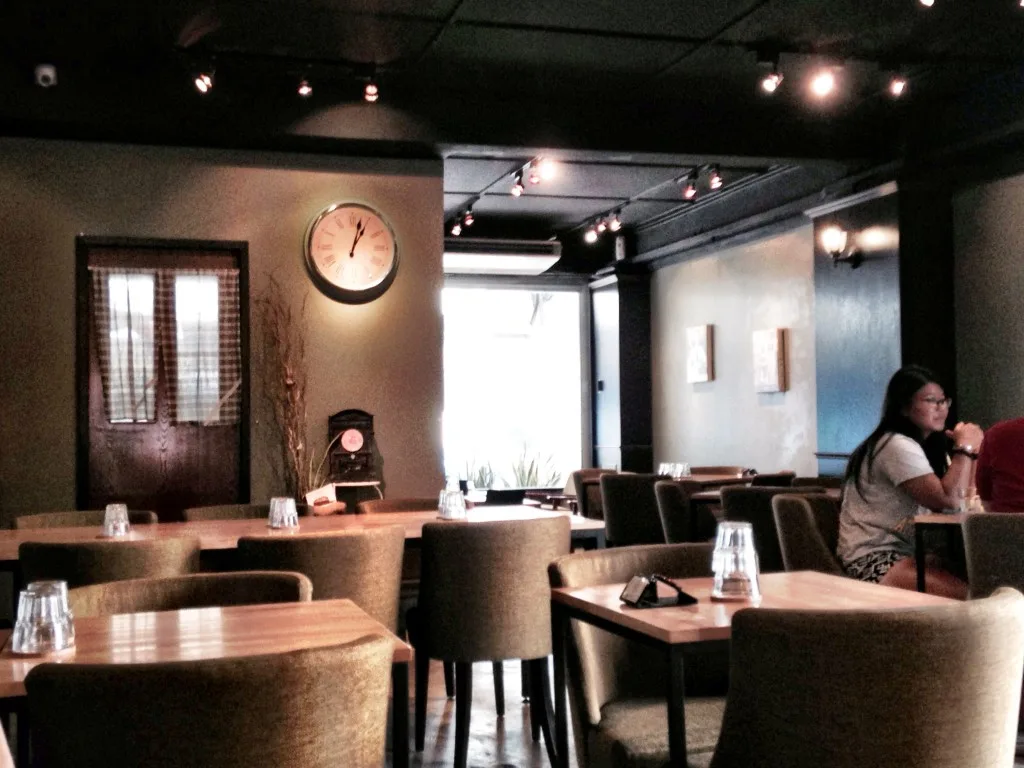
The Indian ethnic influence is strong in Johor Bahru. Wander through the enclave on Jalan Ungku Puan. These storefronts serve the more than 100 year old Raja Maha Mariamman Temple nearby, where incense wafts amid the fragrance of the traditional floral offerings.
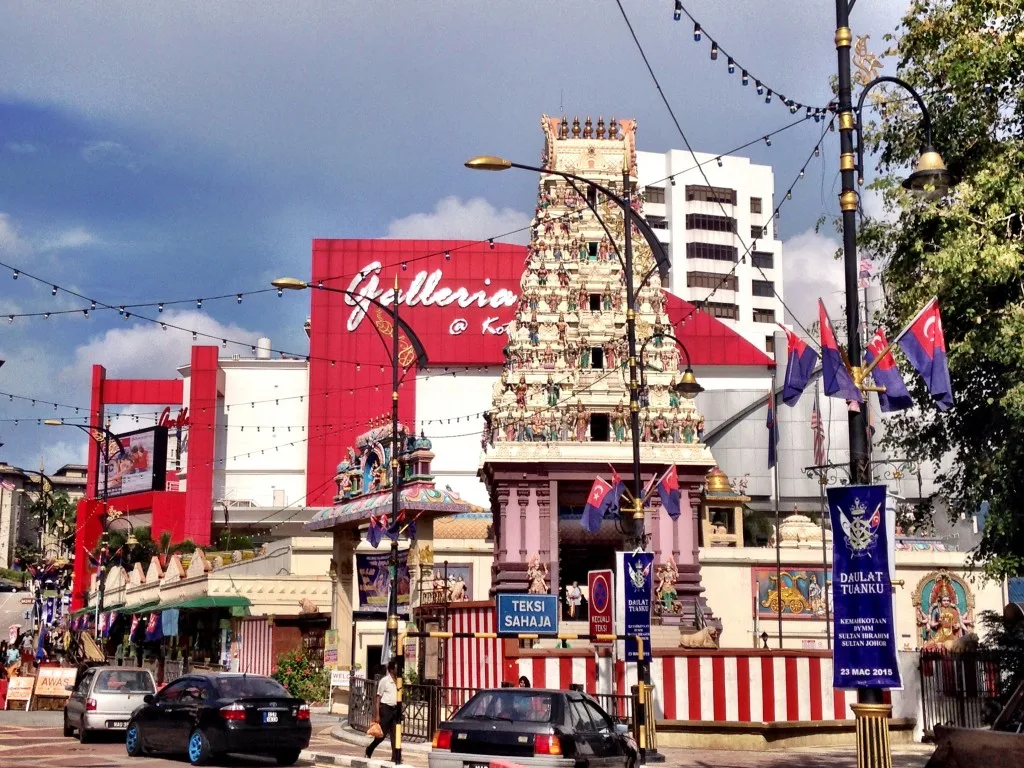
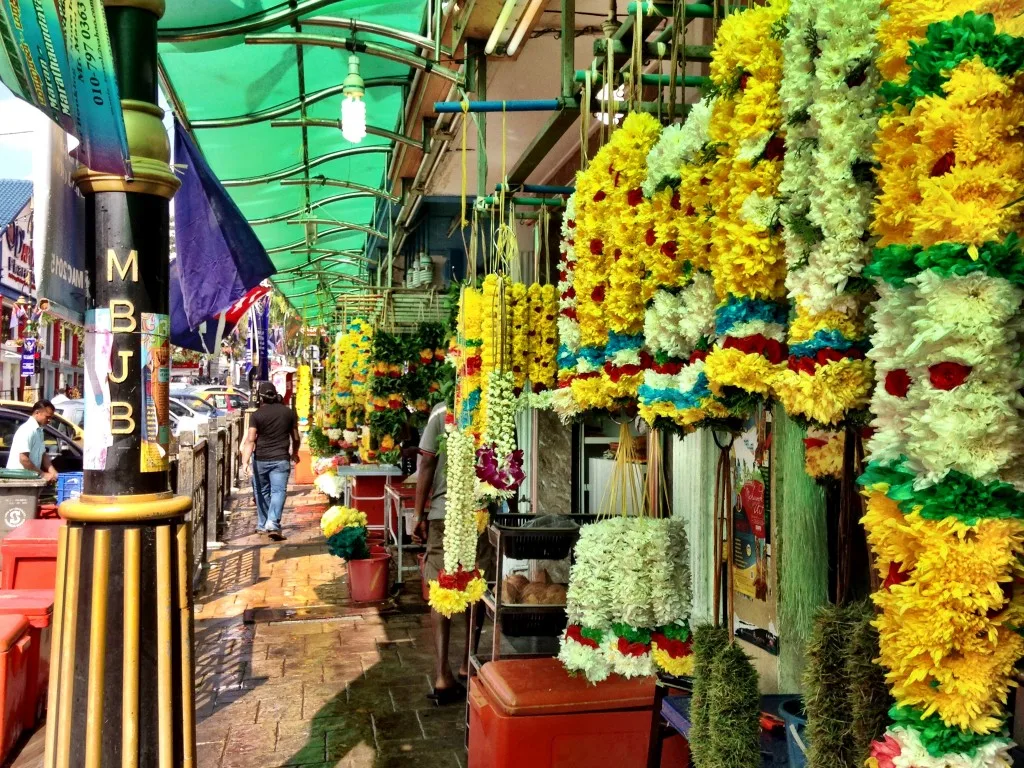
The Sultan Ibrahim Building is at the end of the street. It’s a curious architectural amalgamation, incorporating British colonial, Malay and Saracen elements. Completed in 1941, it was occupied by Japanese forces shortly thereafter from which they planned and executed the attack and invasion of Singapore.
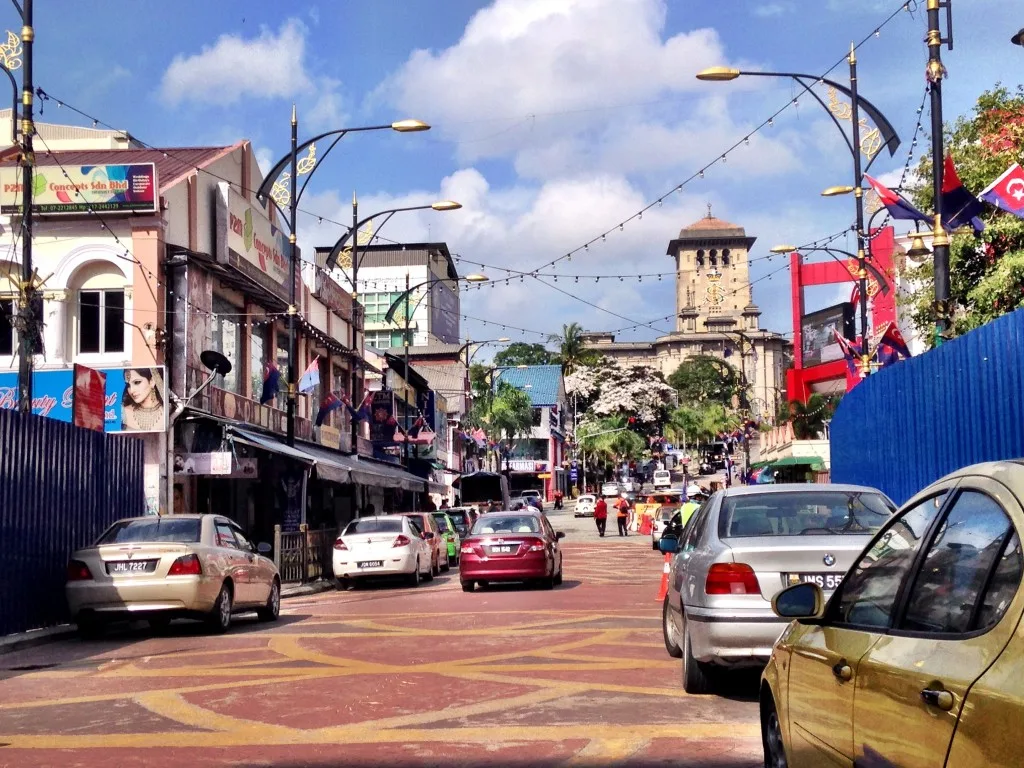
We could have easily spent additional weeks or even months in Johor Bahru. The city center is walkable with every convenience from moderate to very high end, yet its modernity belies secret worlds tucked away in pedestrian alleyways or behind shop doors. These are the pieces of the city that fascinated us most.
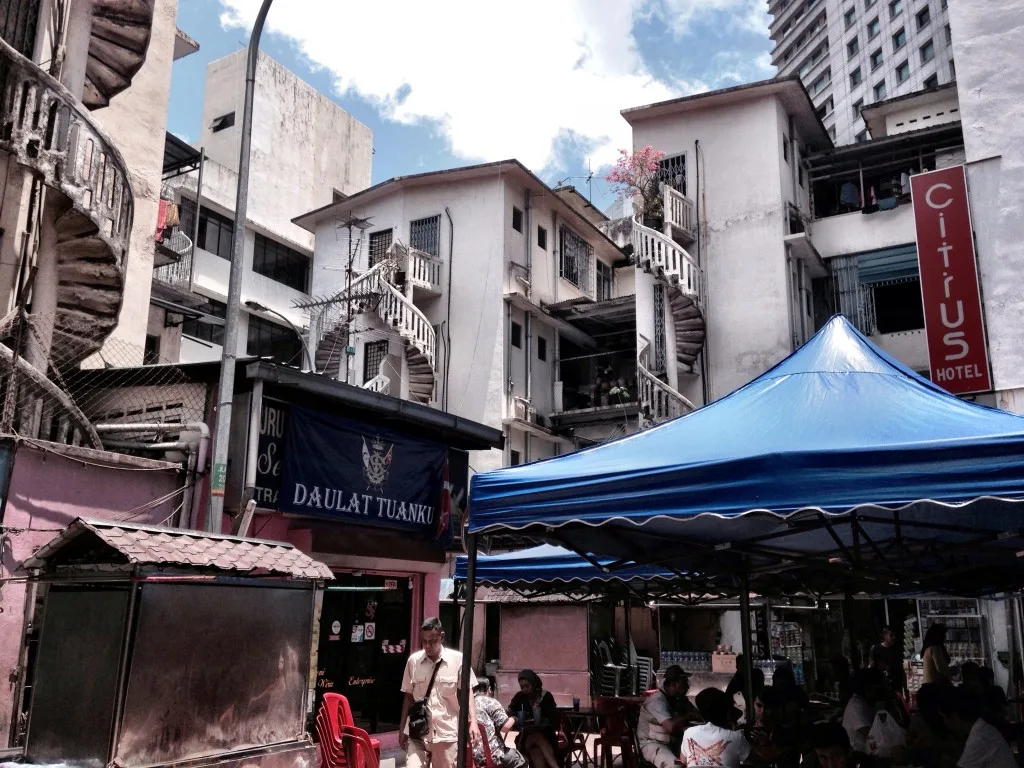
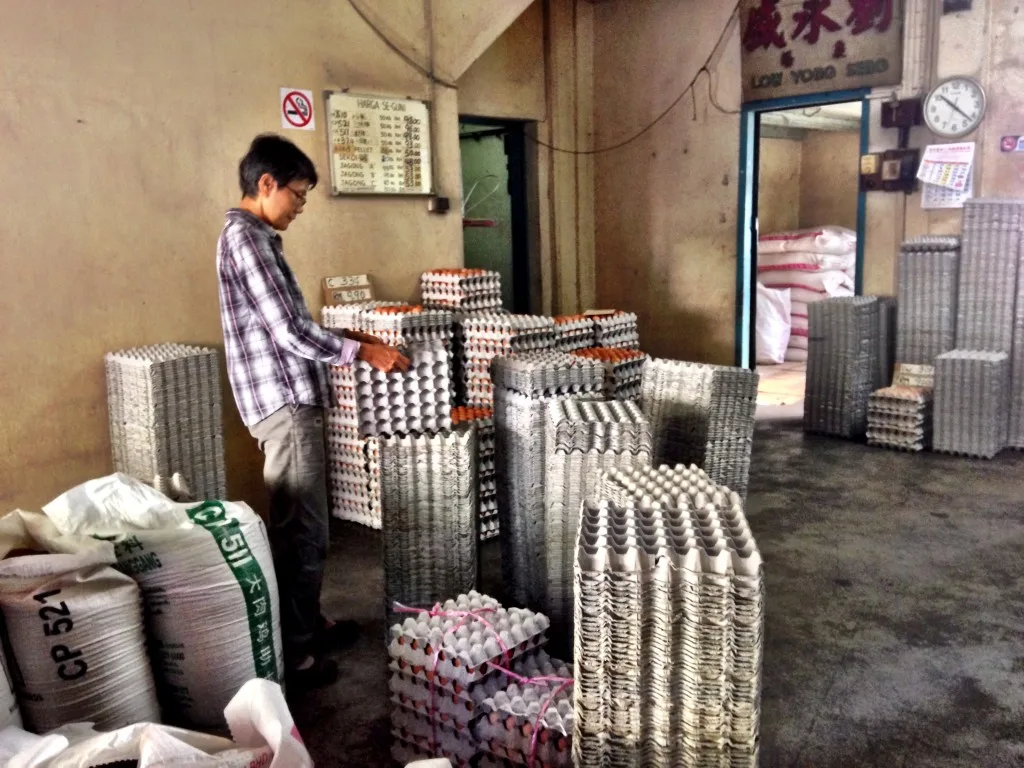
We would have loved more time in Johor Bahru. Even should we return, we’re sure to find a very different city. The Sultan is determined to make JB “world class.” While that seems like an ambitious undertaking, progress is occurring and the old, secret places that resonated with us most will likely be sanitized or disappear altogether.
If you’re going to be in this part of the world in the near future, plan to visit Johor Bahru before the modernization is complete.
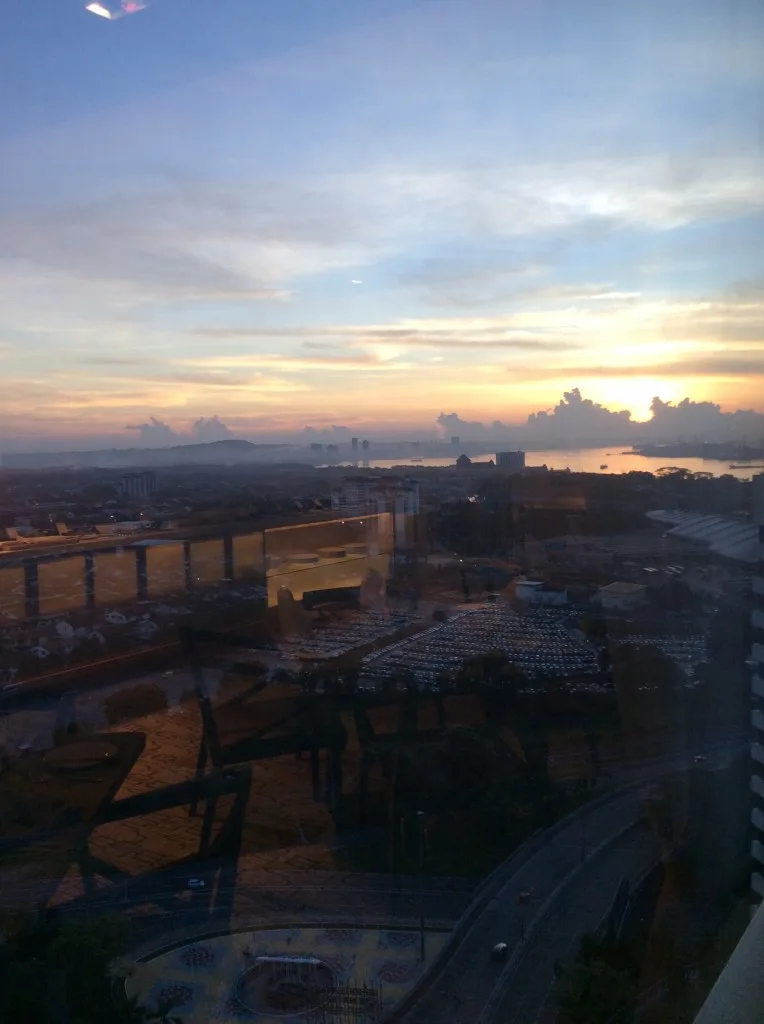
Tips and Practical Information
The international airport serving Johor Bahru is more than 30 km from the city. It’s just as close, more pleasant and less expensive to fly into Singapore’s Changi (voted the #1 airport in the world). From Changi, tell your taxi driver you’re headed to JB.
You’ll be taken into Singapore, arriving at a hub close to Bugis Street, where you will change to a Malaysian taxi which will take you across the Causeway. The process is all very organized and sequential.
There are double checkpoints on the Causeway. Your driver will take your passport and Singapore immigration paperwork you received at the airport and pay the checkpoint fees. Fare should be around $30 Singapore to the hub in the absence of traffic, and then another $20 or so across the bridge.
To return to Changi from JB, you may want to opt for hotel transportation directly to the airport via the Causeway.
To visit Singapore from JB: JB Sentral has several options. A commuter train leaves early in the morning for the impossibly low fee of 8RM, and returns after the workday ends. A taxi will run you between 50-60RM.
Or you can take the bus (#950) from JB Sentral to the Woodlands Checkpoint on the Singapore side. This option has you departing the bus to go through immigration on foot. While this may sound intimidating, it’s really quite seamless.
If you are feeling lost or unsure, there are helpful (but likely non-English speaking) employees stationed at each bus queue who can point you in the right direction. We just looked for commuters we had ridden next to and followed them through passport control and into the correct bus queue.
The Doubletree Johor Bahru is located at #12 Jalan Ngee Heng, one exit off the causeway highway within walking distance to JB Sentral and the two enclosed, multi-level shopping centers on Jalan Wong Ah Fook. Hotel transportation to and from Changi is available by pre-arrangement. Choose a room with lounge access (you want this, trust us, the breakfast and happy hour options are amazing).
This property is level 1 in the Hilton Honors system as of this writing. The hotel has several dining options, including an excellent Italian restaurant: Tosca and a main restaurant buffet which serves Indian, Asian, Western and Malaysian selections. All the food is Halal compliant.
The 13th Floor has a complete exercise room, amazing pool and deck area, men’s and women’s locker room with jacuzzis.
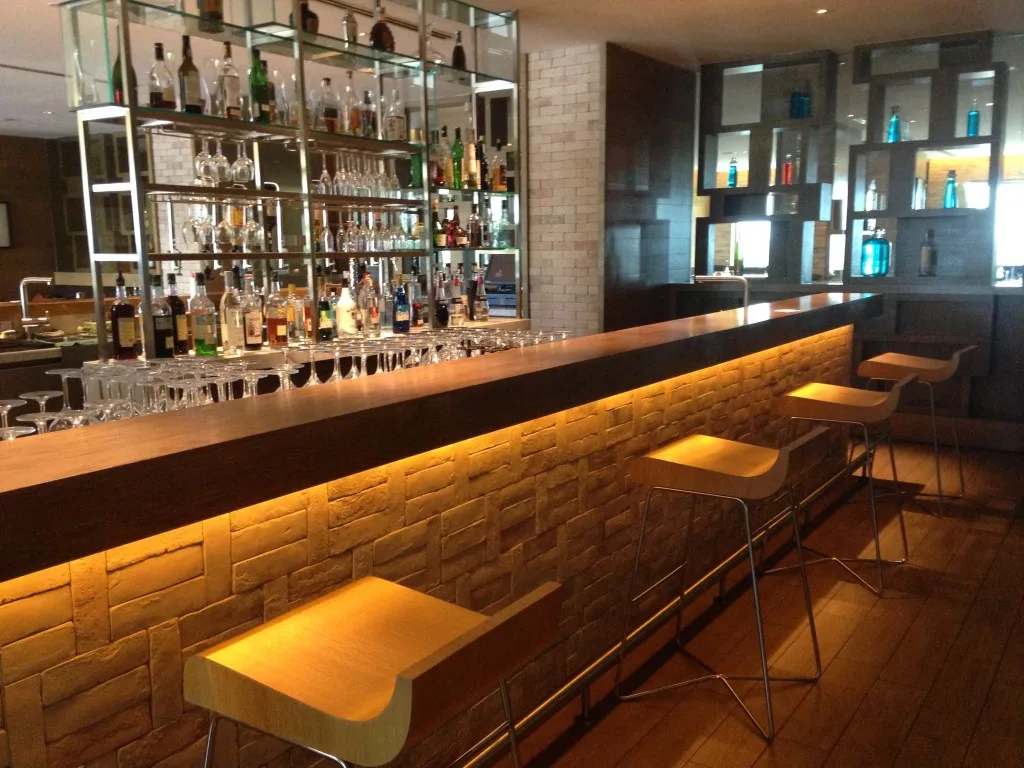
Tips for Trip Success
Book Your Flight
Find an inexpensive flight by using Kayak, a favorite of ours because it regularly returns less expensive flight options from a variety of airlines.
Book Your Hotel or Special Accommodation
We are big fans of Booking.com. We like their review system and photos. If we want to see more reviews and additional booking options, we go to Expedia.
You Need Travel Insurance!
Good travel insurance means having total peace of mind. Travel insurance protects you when your medical insurance often will not and better than what you get from your credit card. It will provide comprehensive coverage should you need medical treatment or return to the United States, compensation for trip interruption, baggage loss, and other situations.Find the Perfect Insurance Plan for Your Trip
PassingThru is a participant in the Amazon Services LLC Associates Program. As an Amazon Associate I earn from qualifying purchases.
To view PassingThru’s privacy policy, click here.

Kuala Lumpur Wish List | Passing Thru
Monday 5th of September 2016
[…] As well, the multi-story shophouses with street level business space and housing upstairs, tell the tale of commerce at the macro level, which is still done this day. We fell in love with this architecture during a previous visit and discussed it in Johor Bahru: Bridging Old and New in Malaysia. […]
Visit Malaysia? Oh, Yes! - Passing Thru
Wednesday 19th of August 2015
[…] you know that we’ve visited Kuantan (on the east side of the Malaysian peninsula) and stayed in Johor Bahru (across the International Bridge from Singapore). These experiences gave us a lovely taste of the […]
Pulau Ubin and the Ghosts of Old Singapore - Passing Thru
Tuesday 2nd of June 2015
[…] opted to stay in Johor Bahru across the bridge in Malaysia, we’d spent precious time exploring there, too. But the one thing […]
Karen Warren
Friday 24th of April 2015
What a good idea to stay in Johor Bahru rather than over the border in Singapore. As you say, it is cheaper and Malaysia is a fascinating country. Although it looks as if lots of commuters have got the same idea!
Betsy Wuebker
Saturday 25th of April 2015
Hi Karen - Singapore's economy has always been such that Malaysians have commuted from what I understand. But yes, way less expensive cost of living if you work in Singapore and can manage to reside in JB.
Suzanne Fluhr
Friday 24th of April 2015
I wonder how many other world cities with populations of 1.5 million (or over) that I've never even heard of----and I call myself a travel blogger! Johor Bahru does sound like a great alternative to staying in Singapore and your explanation of the "commuting" possibilities is very helpful, especially the tip about flying into Changi Airport.
Betsy Wuebker
Friday 24th of April 2015
Hi Suzanne - I know, right? It's embarrassing, but at least we can remedy our ignorance with a visit. Before this, the biggest place I'd never heard of that we were going to was Sochi. ;-)